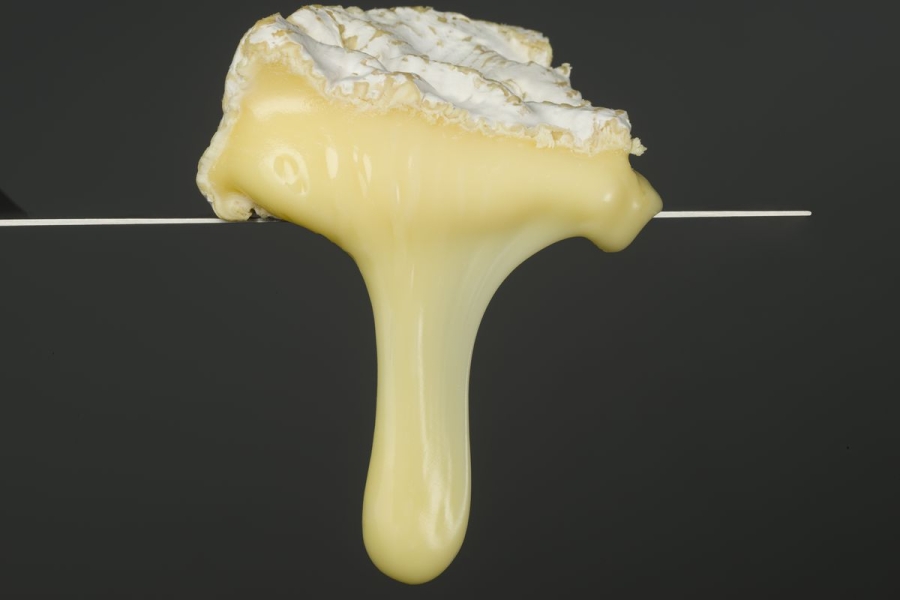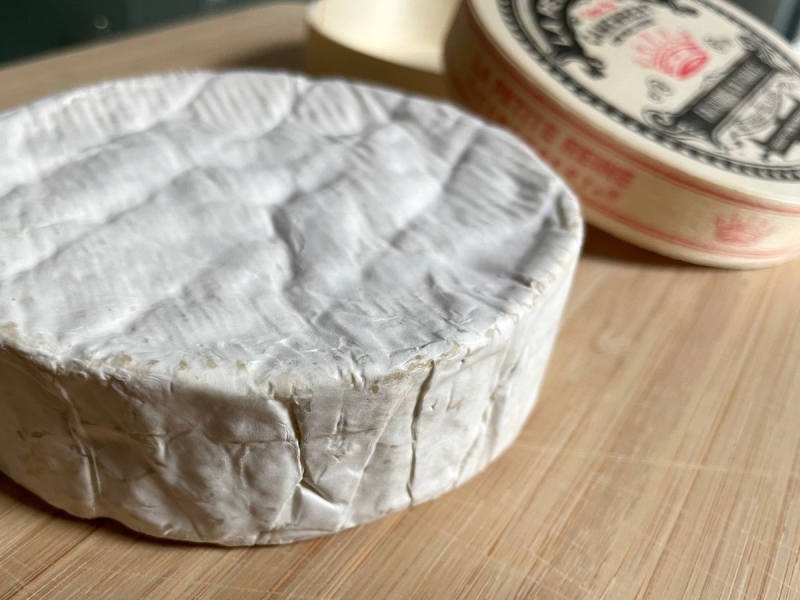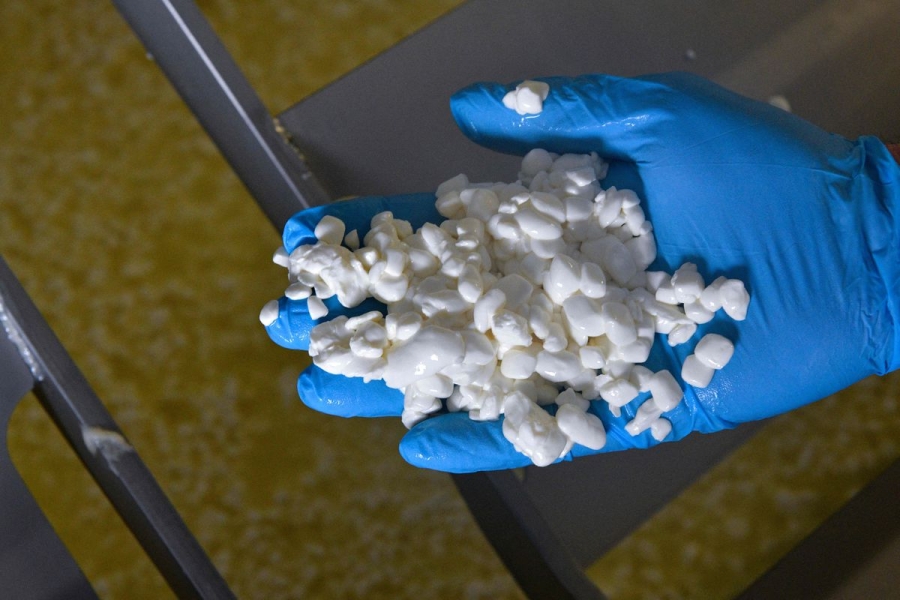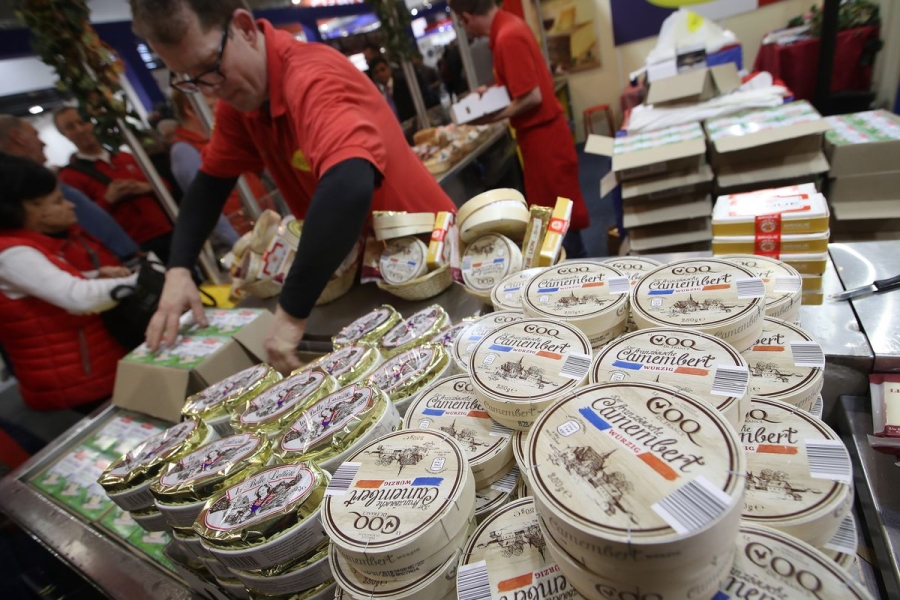Gird your curds! Say a prayer for Camembert! A collapse in microbe diversity puts these French cheeses at risk.

Benji Jones is a senior environmental reporter at Vox, covering biodiversity loss and climate change. Before joining Vox, he was a senior energy reporter at Insider. Benji previously worked as a wildlife researcher.
Camembert, I’m sorry to report, is in trouble.
The soft cheese, which smells a bit like feet, is on the “verge of extinction,” according to the French National Center for Scientific Research (CNRS). Other cheeses, including brie and various blues, are under threat, too, the group has warned.
This looming cheese crisis, this Camembert calamity, stems from a much bigger problem: a collapse in microbial diversity.
Each hunk of Camembert or smear of brie is an ecosystem, an assortment of fungi and bacteria that turn milk fats and proteins into hundreds of different compounds. Those compounds produce the flavors, smells, and textures we love.
In recent decades, however, the genetic diversity of some of those microbes has caved. And today, some of the most famous French cheeses rely on just a single fragile strain of fungi that is at risk of dying out.
This is bad news for France, bad news for bread, and bad news for lovers of fine cheese the world over. And it’s a reminder that biodiversity matters, even when you can’t see it. Life’s finer things, indeed, depend on it.

Why Camembert as we know it could disappear
To make cheese, producers typically take fresh milk and mix in bacteria and often fungi, including both yeasts and molds (fungi that tend to be fuzzy). Different microbe melanges produce different varieties of cheese.
Historically, Camemberts and bries likely relied on mold strains from a species of fungi called Penicillium biforme, according to Jeanne Ropars, an evolutionary biologist who works at a lab affiliated with CNRS. Each strain was slightly different genetically, and so the resulting cheeses had slightly different colors, flavors, and smells.
Roughly a century ago, however, cheesemakers identified a particular strain of P. biforme that was fast-growing and albino; it produced a fluffy white mold that was, apparently, quite appetizing. This strain, known as Penicillium camemberti, was henceforth considered the gold standard for brie and Camembert (which differ from one another mainly in size). It quickly dominated the cheese industry, and the diverse group of other mold strains used to make Camembert and brie, and the colors they produced, vanished from disuse.
Today, all Camembert and brie cheeses worldwide are inoculated with this one genetically identical albino strain of fungi, which is not found in the wild, Ropars said. That means that a brie from a grocery store in France and one from a bodega in New York City have identical (or nearly identical) Penicillium microbes.
This is a good thing for those who value uniformity; for people who expect their brie to look a certain way, just as they might want their tomatoes to be perfectly round and their apples bright red.
But uniformity comes at a cost.

For reasons that are not totally clear, the albino strain can’t reproduce sexually, like most molds can — meaning, it can’t “breed” with another individual to create new genetic diversity. So to create more of this fungi, cheesemakers have to clone it, not unlike how you propagate a plant using a cutting. Yet decades of replicating the same individual can introduce harmful errors into its genome, Ropars said.
That’s what’s happened with P. camemberti. In recent decades, the albino fungus picked up mutations that interfere with its ability to produce spores, and that makes it much harder to clone. Put simply: It’s now difficult for cheesemakers to grow the key fungus used to make brie and Camembert.
“Camembert is not going to disappear tomorrow,” Ropars said, and it’s not clear how these challenges will impact cheese supply. “But it’s going to be more and more difficult to produce.”
Our foods, more broadly, are losing resilience
In the world of cheese, this problem is not unique to Camembert and brie. The diversity of fungi used to make blue cheeses, like Gorgonzola and Roquefort, has also shrunk dramatically in recent decades, Ropars said. Farmers have similarly selected certain strains that produce the right look, aroma, and flavor, narrowing the genetic pool. So far, these strains — which are considered “domesticated” microbes — can still reproduce, but some are nearly infertile.
This rapid caving of genetic diversity threatens other food industries, too, as the author Dan Saladino writes in his book Eating to Extinction: The World’s Rarest Foods and Why We Need to Save Them. Most bananas we eat, for example, are genetically similar. That means that if a pathogen evolves the right machinery to kill one, it can kill many — which is a very real threat.

Uniformity is especially bad in a warming world. Different genetic varieties of plants, such as wheat, have different strengths and weaknesses; some might be more tolerant to, say, long periods of drought. Losing diversity means losing different strengths that may ensure the survival of a particular food.
“When you lose diversity within a species, you lose adaptability,” said Tatiana Giraud, a colleague of Ropars who also works at CNRS.
This diversity matters among communities of wild organisms, as well, Giraud said, whether or not you can see them. Fungal communities, though poorly studied, are invisible forces in the environment, operating in the background to ensure that ecosystems function properly. They can break down dead leaves and branches, help plants absorb nutrients, and clear toxins from the soil. Protecting the diversity of fungal species, scientists say, safeguards these critical services.
Get comfortable with funkier cheeses
Ultimately, this doesn’t mean that we must bid farewell to brie, or that Camembert on toast is, let’s say, toast. There is a way to save these cheeses, though it requires some changes in our own taste and tolerance.
To make Camembert or brie, cheese producers could simply inoculate cow’s milk with other Penicillium biforme molds, which are naturally present in raw milk (these microbes would need to be manually added if the milk is pasteurized). As a group, Penicillium biforme has a lot of genetic diversity and these molds are able to produce sexually, Ropars said, which is key to maintaining genetic diversity.
P. biforme is closely related to the albino strain, though it might give the cheeses a slightly different look and aroma. Perhaps your wheel of brie would be a bit more blue or gray, or slightly funkier. But this is something that consumers should embrace, Ropars said: a diverse mix of flavors, of smells, a resilient collection of bugs.
Source: vox.com